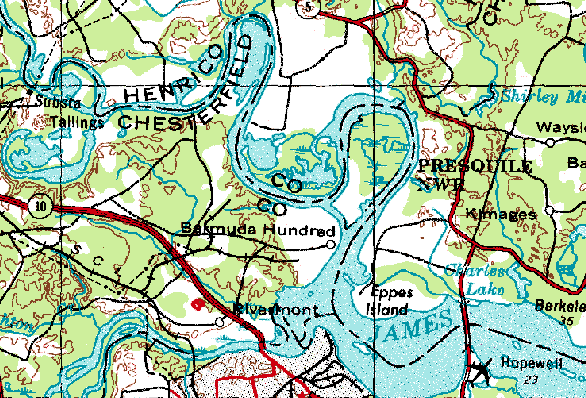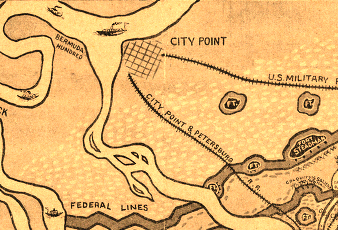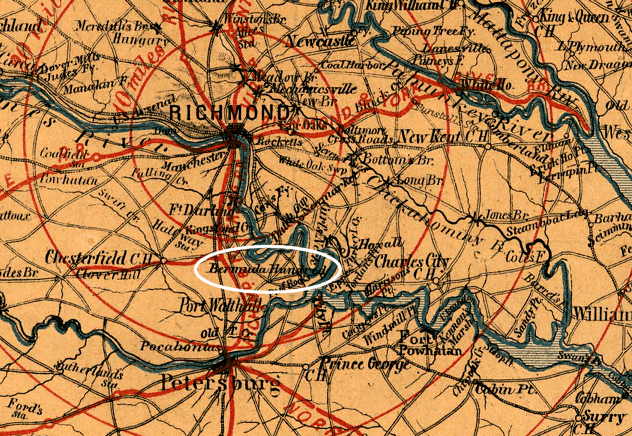
Source: Microsoft Research Maps
In the early days of the Virginia colony, it was hard to recruit settlers to leave England and travel to Virginia. Life in the New World was hard. Most immigrants were dying in the new colony - about 90% over the "Starving Time" winter of 1609-1610. The Spaniards had experienced a New World with easy-to-steal gold and silver, but by 1614 it was clear that tobacco was the most-profitable export to come from Virginia's earth... and tobacco farming was hard, hard work.
The Virginia colony was a private venture, managed by the Virginia Company with the blessing of King James I. After the initial promises to make the investors rich did not pan out, the company was unable to sell new shares of stock to raise capital for shipping more people/equipment to Virginia. The labor of indentured servants was essential to tobacco production - and if most settlers died, it just meant the colony had to work even harder to recruit more people.
The Virginia Company shifted gears, recognizing that one item was the most effective inducement to attract new settlers. It began to offer land, a commodity which the company had in abundance, as the incentive to recruit new laborers. Anyone paying their own expenses to Virginia, or the expenses of someone else, would receive a warrant authorizing them to survey and "patent" 50 acres of land free.
In an even better offer, new investors could assemble a whole group of new settlers and start a "particular plantation" away from Jamestown. These plantations were allowed more self-government, an added inducement for a new investor to risk ("venture") their capital. (References in the early 1600's to "adventurers" are comparable to references today to "venture capitalists.") The company's chief manager in Jamestown (the governor) had control over the company's settlements. The new plantations had some autonomy, even before the formation of the first General Assembly in 1619.
The new plantations were called Hundreds, reflecting an old Norman term used to divide England into administrative units after their conquest of the island. The districts (in Norman Conquest time) were sized so each could provide 100 soldiers upon command, but by the time of James I the settlements in Virginia were closer to 100 people - including women and children. Each immigrant brought to Virginia, no matter what their age or sex, entitled the investor paying their way to 100 acres of land.

Source: Microsoft Research Maps
Bermuda Hundred was started in 1613, after the English settlers made peace with the Virginia natives - in part with Pocahontas' help. It was named after the traumatic shipwreck of the "Third Supply" bringing reinforcements to Virginia in 1609. The leaders of that expedition were shipwrecked in Bermuda and had to take their wrecked ship apart and build two smaller ships to finally get to Virginia. Shakespeare incorporated the tale into a play, The Tempest.
Bermuda Hundred was initially intended to include several "hundreds" upstream and downstream of the Appomattox River. Just north of the mouth of the Appomattox, Bermuda City was founded. It was renamed Charles City to honor the king in England (hey, flattery matters...). City Point is the last remnant of that name south of the James River.

1865 map of City Point, drawn for the siege of Petersburg
Source: Library of Congress
The Bermuda settlements were attacked severely in 1622, when the natives abandoned their efforts at peaceful coexistence. Bermuda Hundred never gained prominence again until 1864 when a Union Army occupied it. The Federal troops came very close to capturing Petersburg and ending the Civil War, before being bottled up on the peninsula.

Source: Bermuda Hundred, 1864